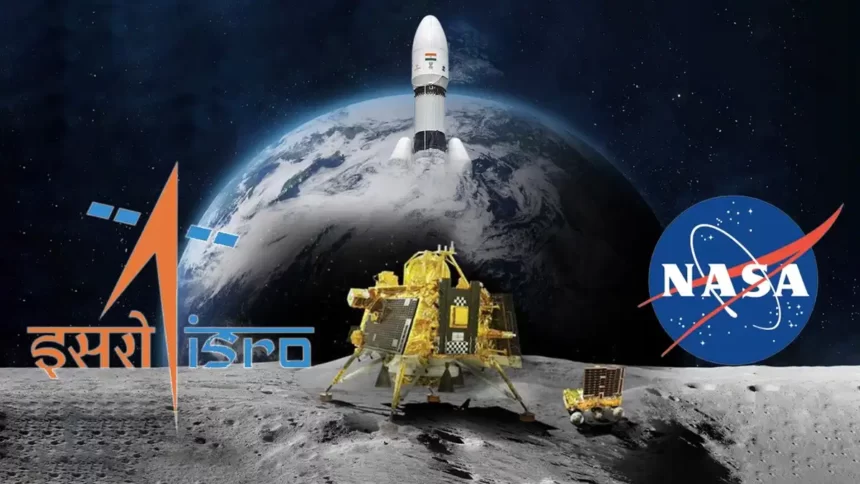In an era where space exploration has captured the imagination of people worldwide, there exists a compelling narrative around India’s space agency, the Indian Space Research Organisation (ISRO), and its comparison with the United States’ National Aeronautics and Space Administration (NASA). While both organizations share a passion for unraveling the mysteries of the cosmos, it is important to recognize that ISRO’s primary focus has always been centered on development, innovation, and societal benefits, rather than geopolitical rivalry. In this article, we delve into the distinct ethos of ISRO and why it differs from the popular perception of a “NASA equivalent.”
Development as the Driving Force
ISRO’s inception in 1969 was motivated by a vision that transcended mere scientific curiosity. Its founders envisaged space technology as a means to address India’s developmental challenges. Over the decades, ISRO has successfully harnessed space applications for telecommunications, remote sensing, weather forecasting, disaster management, and more. This focus on practical applications for societal advancement sets ISRO apart from NASA, which, while undoubtedly achieving monumental milestones, often emphasizes pure scientific exploration.
From Frugality to Innovation
A hallmark of ISRO’s journey has been its remarkable ability to achieve space feats with limited resources. This frugal approach has led to the development of groundbreaking technologies, such as the Polar Satellite Launch Vehicle (PSLV) and the Mars Orbiter Mission (MOM), colloquially known as Mangalyaan. These achievements showcase ISRO’s emphasis on innovation, cost-effectiveness, and indigenous technology development. In contrast, NASA, as the pioneer in space exploration, has historically enjoyed greater financial resources and global partnerships.
Empowering Developing Nations
One of ISRO’s standout achievements is its commitment to international cooperation, particularly with developing nations. The organization has actively engaged in collaborative efforts by launching satellites for various countries, enabling them to bridge technological gaps and accelerate their own progress. This spirit of inclusivity aligns with India’s broader foreign policy goals, making ISRO a symbol of goodwill and mutual growth. NASA’s collaborations, while significant, are often shaped by different geopolitical considerations.
A Collaborative Approach
ISRO’s successes are underscored by its collaborative approach between academia, research institutions, and industries. This synergy fosters a dynamic environment where ideas flourish, innovations are nurtured, and talents are honed. The emphasis on collaboration has enabled ISRO to continuously push boundaries and create a self-sustaining ecosystem that fuels both scientific exploration and societal betterment.
Public Outreach and Inspiration
In recent years, ISRO has made substantial strides in public outreach and science communication. Initiatives like the Chandrayaan and Mangalyaan missions captured the nation’s imagination and kindled a passion for science and space exploration among India’s youth. ISRO’s endeavors inspire a sense of national pride and aspiration, transcending regional and political considerations. NASA, on the other hand, often grapples with shifting public sentiment and funding challenges.
Conclusion
In conclusion, while it may be tempting to draw parallels between ISRO and NASA, a closer examination reveals that the two organizations are driven by different visions and motivations. ISRO’s journey has been shaped by a commitment to development, innovation, and collaboration, with a keen eye on addressing societal challenges. As ISRO continues to achieve milestones that benefit both India and the world, it reaffirms that its identity is rooted in progress rather than geopolitical competition.




































